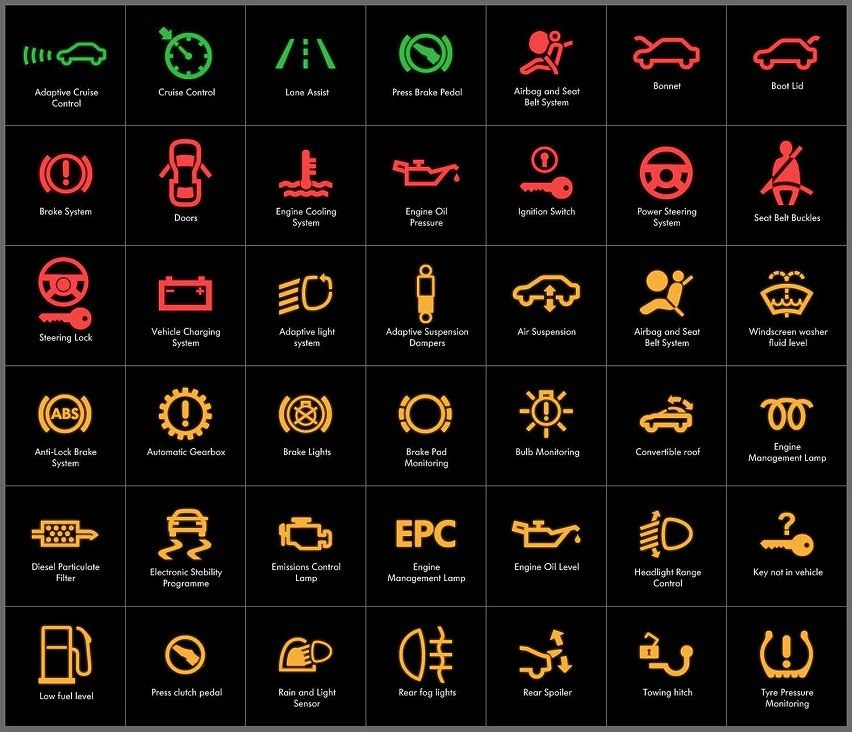For decades, the automotive service industry promoted the "3,000-mile rule" for oil changes as gospel truth. Walk into any quick-lube facility, and you might still see this recommendation prominently displayed. However, modern engines, advanced motor oils, and sophisticated filtration systems have fundamentally changed the landscape of engine lubrication and maintenance.
Your vehicle's owner's manual contains manufacturer-recommended service intervals based on extensive testing and engineering analysis. Yet, even these recommendations don't tell the complete story. The truth about optimal oil change intervals is more nuanced, depending on your specific driving conditions, oil type, engine design, and environmental factors.
As automotive technicians with over five decades of combined experience, we've witnessed the evolution of engine technology and lubrication science. This comprehensive guide separates fact from fiction, providing you with the knowledge to make informed decisions about your engine's maintenance needs.
Myth: All Cars Need Oil Changes Every 3,000 Miles
Reality: Modern engines and synthetic oils can safely extend intervals to 5,000-10,000 miles or more, depending on conditions. The 3,000-mile rule was established decades ago for older engines using conventional oils. Sticking to unnecessarily frequent changes wastes money and resources while providing no additional engine protection.
Understanding Modern Engine Oil Technology
Today's motor oils are vastly superior to lubricants available even 20 years ago. Advanced additive packages, improved base stock refinement, and synthetic formulations provide extended protection under demanding conditions. Understanding these improvements is key to optimizing your maintenance schedule.
Motor Oil Types and Typical Intervals
Conventional Oil
Interval: 3,000-5,000 miles
Basic protection suitable for older engines and severe driving conditions. Less expensive but requires more frequent changes.
High-Mileage Oil
Interval: 3,000-6,000 miles
Formulated for vehicles over 75,000 miles with seal conditioners and viscosity improvers. Helps reduce leaks and oil burn-off.
Synthetic Blend
Interval: 5,000-7,500 miles
Combines conventional and synthetic oils for improved performance and protection at a moderate price point.
Full Synthetic
Interval: 7,500-12,000 miles
Superior protection, stability, and longevity. Engineered molecules provide consistent viscosity and reduced breakdown under extreme conditions.
The Critical Factor: Driving Conditions
Your vehicle's owner manual typically provides two maintenance schedules: "normal" and "severe" driving conditions. Most drivers assume they fall into the normal category, but the reality is that many driving patterns actually qualify as severe service.
Normal Driving Conditions
- Highway driving at consistent speeds
- Trips longer than 10 miles regularly
- Moderate climate conditions
- Low dust and pollution environment
- Regular driving schedule
Recommended: Follow standard manufacturer intervals
Severe Driving Conditions
- Frequent short trips (under 10 miles)
- Stop-and-go city driving
- Extreme temperatures (hot or cold)
- Dusty or polluted environments
- Towing or heavy loads
- Extended idling periods
Recommended: Reduce intervals by 25-50%
Why Short Trips Are Hard on Oil
One of the most misunderstood severe driving conditions is frequent short trips. When an engine doesn't reach full operating temperature, several problems occur:
- Fuel contamination: Unburned fuel dilutes the oil, reducing its lubricating properties
- Moisture accumulation: Condensation in the engine doesn't evaporate, promoting corrosion and oil degradation
- Carbon buildup: Incomplete combustion creates deposits that contaminate the oil
- Additive depletion: Oil additives work harder in cold conditions, becoming depleted faster
Professional Insight: The Toronto Commuter Reality
Many Toronto drivers think their highway commute qualifies as "normal" driving. However, if that commute includes significant stop-and-go traffic, winter driving, or trips shorter than 15 minutes to warm up the engine, you're actually in severe service territory. We recommend oil analysis for commuters to determine optimal change intervals based on actual driving patterns.
Manufacturer Recommendations vs. Reality
Vehicle manufacturers base their oil change recommendations on several factors, including warranty coverage periods, average driving conditions, and marketing considerations. While these intervals provide a baseline, they may not be optimal for every driver's specific situation.
Recommended Oil Change Intervals by Driving Type
The Science Behind Oil Degradation
Motor oil degrades through several mechanisms, and understanding these processes helps explain why one-size-fits-all recommendations are inadequate:
Thermal Breakdown
High temperatures cause oil molecules to break down, reducing viscosity and protective properties. Turbo engines, heavy loads, and hot climates accelerate this process.
Oxidation
Oxygen in the crankcase causes oil to thicken and form acids and sludge. This process is temperature-dependent and accelerated by metal contamination.
Contamination
Fuel, coolant, dirt, and combustion byproducts contaminate oil over time. Effective filtration and driving patterns significantly impact contamination rates.
Additive Depletion
Detergents, dispersants, anti-wear compounds, and antioxidants are consumed during operation. Once depleted, oil protection diminishes rapidly.
Oil Analysis: The Ultimate Answer
For drivers seeking precise maintenance intervals, oil analysis provides definitive answers. Laboratory testing reveals contamination levels, additive depletion, and wear metals, allowing you to extend intervals safely or identify the need for more frequent changes. Many customers are surprised to learn their oil could safely go 2,000-3,000 miles longer than they thought – or conversely, that their severe driving conditions require more frequent service.
Modern Engine Design Considerations
Today's engines incorporate technologies that affect oil change intervals:
Variable Valve Timing (VVT)
VVT systems use oil pressure for operation and are sensitive to oil viscosity changes. Maintaining proper oil condition is critical for system performance and longevity.
Direct Injection
Direct injection engines can experience fuel dilution and carbon buildup that affects oil quality. Some manufacturers recommend shorter intervals for these engines.
Turbocharging
Turbocharged engines subject oil to extreme temperatures and pressures. Even with synthetic oils, intervals are typically shorter than naturally aspirated engines.
Oil Life Monitoring Systems
Many modern vehicles include oil life monitors that consider driving conditions, temperature, and engine operation to calculate optimal change intervals. These systems are generally more accurate than fixed mileage recommendations.
Economic and Environmental Considerations
Optimal oil change intervals benefit both your wallet and the environment:
Environmental Impact
Cost Savings: Extending intervals from 3,000 to 7,500 miles with quality synthetic oil can save $200-400 annually while providing superior protection.
Waste Reduction: Longer intervals mean fewer oil changes, reducing used oil generation and disposal environmental impact.
Resource Conservation: Reduced oil consumption conserves crude oil resources and decreases refining environmental impact.
Warning Signs That Oil Needs Changing
Regardless of mileage intervals, certain signs indicate immediate oil change needs:
- Oil appears black and gritty rather than amber and smooth
- Engine noise increases, particularly at startup
- Oil level drops significantly between changes
- Dashboard oil life monitor reaches 10% or warning appears
- Unusual exhaust smoke or oil burning smell
Professional Recommendations
Based on our extensive experience with various engines and driving conditions, we recommend:
- Start with manufacturer recommendations as a baseline, then adjust based on your specific driving conditions
- Use quality oil and filters – cheap oil and filters require more frequent changes
- Consider oil analysis for high-mileage vehicles or uncertain driving conditions
- Pay attention to oil life monitors in newer vehicles – they're surprisingly accurate
- Don't exceed 12 months between changes, regardless of mileage, due to oil oxidation over time
Optimize Your Oil Change Schedule
Stop guessing about oil change intervals. Our certified technicians can analyze your driving patterns and recommend the optimal maintenance schedule for your specific vehicle and conditions.
Get Personalized Maintenance Plan

